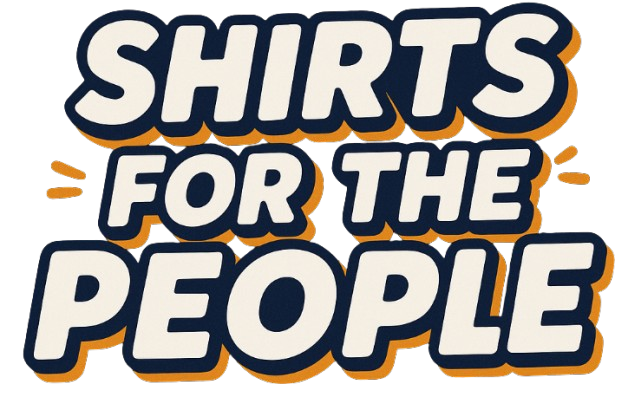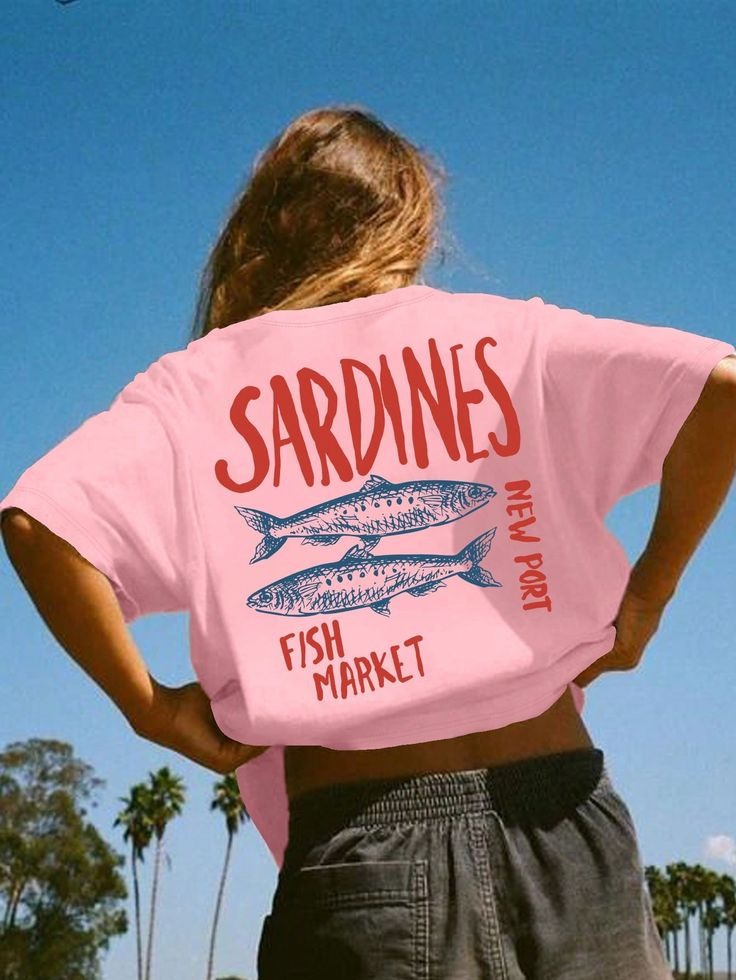No products in the cart.: 0,00$
Fashion as a Mirror of Humanity: Identity, Power, and Transformation Through the Fabric of Society

Fashion, often reduced to the superficial realm of trends and aesthetics, is in truth one of the most powerful and multifaceted forms of human expression. It transcends the binary of frivolity and function, serving as a living, evolving dialogue between individuals and the societies they inhabit. From ancient civilizations to the hyper-digitized world of the twenty-first century, fashion has simultaneously clothed, constructed, and challenged the human condition. It reveals systems of power, reflects social upheavals, and encapsulates moments of history in thread, texture, and silhouette. More than just garments, fashion represents cultural codes, emotional landscapes, and visions of both self and society.
At its most primal level, fashion emerges from the basic need for protection. Early humans developed rudimentary clothing from animal hides and plant fibers to shield themselves from environmental extremes. However, even in these earliest manifestations, clothing was not merely utilitarian. Decorative elements such as beads, feathers, and dyes appeared long before written language, suggesting that clothing served as a visual language—an early form of storytelling, status signaling, and spiritual representation. Across indigenous cultures, ceremonial dress signified lineage, cosmology, or territorial belonging. The body, through fashion, became a surface upon which culture was inscribed.
As societies developed hierarchies and economies, fashion became intertwined with power and class. In ancient Egypt, fine linen signified purity and divinity, worn by pharaohs and priests to distinguish themselves from the common populace. In imperial China, colors and cuts were codified by law to demarcate rank, with yellow reserved exclusively for the emperor. In medieval Europe, sumptuary laws prohibited the lower classes from wearing certain fabrics, furs, or embellishments. These restrictions were not only about aesthetics but about reinforcing social structures. Clothing, in these contexts, became a material expression of inequality—a visible architecture of privilege and subjugation.
The Renaissance brought forth a greater emphasis on individuality and self-presentation, yet fashion remained bound by wealth and gender. Tailoring flourished, silhouettes changed, and ornamentation became more elaborate, but access remained restricted. The rise of portraiture during this time—especially among nobility and merchants—further illustrates how fashion was used to immortalize status, virtue, and refinement. The interplay between fabric, form, and face was meticulously orchestrated to communicate personal identity and public aspiration.
The Industrial Revolution marked a seismic shift in the history of fashion. With the invention of the sewing machine and the rise of factory production, clothing became more affordable and accessible. The rigid class distinctions of the past began to blur, at least on the surface, as members of the emerging middle class could now mimic the styles of the elite. This democratization of fashion, however, was layered with contradiction. While it enabled self-expression and mobility for some, it also gave rise to exploitative labor practices, particularly in garment manufacturing. The phenomenon of fast production began here, long before the term “fast fashion” entered the lexicon, laying the groundwork for many of the ethical crises that plague the industry today.
In the twentieth century, fashion exploded into new realms of influence and possibility. The invention of synthetic fibers, the proliferation of ready-to-wear lines, and the rise of fashion journalism all contributed to its growing cultural importance. But perhaps more significantly, the twentieth century saw fashion emerge as a site of rebellion, identity politics, and artistic innovation. From the flappers of the 1920s to the punks of the 1970s, clothing became a form of protest—a way to reject norms, challenge authority, and assert agency.
Women’s fashion in particular mirrored broader struggles for emancipation. The corset, once a symbol of femininity and discipline, was eventually discarded in favor of looser silhouettes that allowed for physical freedom and reflected the changing roles of women in society. Coco Chanel’s introduction of trousers for women and her redefinition of luxury as understated elegance were not just design revolutions—they were philosophical ones. They reimagined what it meant to be a woman, rejecting ornamentation for autonomy. In a similar vein, men’s fashion also evolved, though more slowly, constrained by enduring ideals of masculinity that prioritized uniformity and restraint over creativity and variance.
Race, sexuality, and class have also been deeply entangled with fashion’s trajectory. The Harlem Renaissance brought Black aesthetics and sartorial excellence into global consciousness, with zoot suits, silk ties, and wide-brimmed hats standing as declarations of pride, resilience, and artistry. Later, queer communities in the ballrooms of New York created entire fashion cultures rooted in defiance, fantasy, and survival. These subcultures were not fringe movements; they were powerful counter-narratives that challenged dominant fashion institutions and expanded the boundaries of beauty and expression.
As the century progressed, globalization transformed the fashion industry into a vast, interconnected ecosystem. Paris, Milan, London, and New York became fashion capitals, dictating seasonal trends that rippled through magazines, department stores, and ultimately the closets of everyday consumers. This consolidation of influence brought with it both artistic innovation and cultural homogenization. Designers became celebrities, fashion houses became global empires, and trends began to shift at an unprecedented pace. The global South became the factory floor, producing garments at breakneck speed for Western markets while bearing the brunt of environmental degradation and labor exploitation.
At the same time, fashion continued to reflect the changing tides of society. The minimalist aesthetics of the 1990s mirrored a cultural turn toward sleek technology and understated affluence. The maximalist, logomanic styles of the early 2000s reflected a new era of consumer excess and celebrity worship. The rise of streetwear in the 2010s, blending luxury and urban sensibilities, blurred the lines between high fashion and subculture, dismantling old hierarchies and challenging the idea of exclusivity.
The digital revolution has perhaps had the most radical effect on fashion’s production, distribution, and consumption. Social media platforms, particularly Instagram and TikTok, have transformed fashion from a seasonal, top-down industry into a continuous, user-driven conversation. Influencers, once dismissed as amateurs, now hold the power to shape trends, collaborate with brands, and even launch their own lines. Fashion shows, once exclusive events for insiders, are now livestreamed across the globe. Consumers are no longer passive recipients of fashion; they are active participants, creators, and critics.
However, this increased accessibility has not come without cost. The speed at which trends cycle has reached unsustainable levels, contributing to waste, overproduction, and psychological burnout. Consumers are inundated with new looks daily, encouraged to purchase not out of need or expression, but out of algorithmic impulse and social pressure. Fast fashion giants capitalize on this, offering cheap, disposable clothing with devastating environmental and human costs. Landfills overflow with garments worn only once, while garment workers in Bangladesh, Ethiopia, and Cambodia toil in unsafe conditions for poverty wages. Fashion, once a means of expression and empowerment, has in many ways become a site of exploitation and ecological harm.
The environmental impact of fashion is staggering. The industry is one of the largest polluters on the planet, responsible for significant greenhouse gas emissions, water usage, and microplastic pollution. Dyeing and finishing textiles pollute waterways, while synthetic fibers contribute to ocean degradation. The rise of fast fashion has exacerbated these issues, with brands producing vast quantities of low-quality garments to keep up with trend cycles. Addressing these challenges requires systemic change—rethinking how clothing is designed, produced, consumed, and disposed of.
In response to this crisis, a growing movement toward sustainable fashion has emerged. Designers are exploring alternative materials, such as mushroom leather, recycled polyester, and organic cotton. Brands are investing in circular economies, creating garments that can be repaired, upcycled, or biodegraded. Secondhand and vintage markets are experiencing a renaissance, driven by both environmental consciousness and a desire for uniqueness. Minimalism, once an aesthetic choice, is now a moral one—a rejection of excess in favor of intention.
Fashion education is also evolving to meet these challenges. Institutions are teaching future designers not only about garment construction and aesthetics, but also about ethics, ecology, and cultural sensitivity. Courses on decolonizing fashion explore how Indigenous practices, often appropriated without credit, can be honored and integrated respectfully. The industry is beginning to recognize that fashion is not just about creation—it is about accountability.
Representation within fashion is undergoing a transformation as well. Once dominated by Eurocentric beauty standards, the industry is now reckoning with its history of exclusion and erasure. Models of diverse ethnicities, body types, genders, and abilities are increasingly visible on runways and in campaigns. However, inclusion must extend beyond tokenism. True representation requires structural change—diversity in leadership, equitable pay, and support for designers from historically marginalized communities.
Fashion is also entering a philosophical era, where identity is seen as fluid, performative, and nonbinary. Gender-neutral fashion is no longer a novelty but a growing norm. Designers are challenging the binary of male and female clothing, creating silhouettes that celebrate ambiguity and freedom. The act of dressing is now widely understood as a form of self-determination—a daily, embodied ritual of authorship over one’s narrative.
Looking ahead, the future of fashion will likely be shaped by the tension between technology and humanity, between speed and sustainability, between individuality and collectivism. Artificial intelligence and virtual reality are already reshaping design processes, supply chains, and consumer experiences. Digital clothing—garments that exist only in virtual spaces—is opening new possibilities for expression without environmental impact. At the same time, there is a growing hunger for slowness, craftsmanship, and authenticity. The future may belong not to mass-produced sameness, but to meaningful, localized, regenerative fashion systems.
In conclusion, fashion is not a frivolous or peripheral concern. It is one of the most intimate and visible ways that humans express who they are and how they relate to the world. It encodes histories, exposes contradictions, and invites transformation. Whether in the hands of a Parisian couturier or a young person curating their thrifted wardrobe on a phone screen, fashion remains a profound act of creation and communication. Its power lies not only in its ability to adorn the body but in its capacity to reveal the soul of a culture, to articulate its aspirations, and to shape its future. To understand fashion, therefore, is to understand humanity itself—in all its complexity, creativity, and contradiction.



